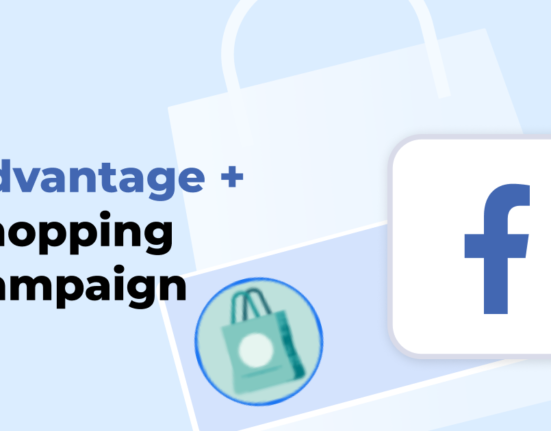In the ever-evolving digital advertising landscape, YouTube has been a major player for years. With its vast user base and extensive reach, it has become a go-to platform for advertisers looking to promote their products and services. However, a recent development has raised eyebrows and sparked concerns about transparency in the advertising world. YouTube’s decision to use its co-viewing data in connected TV (CTV) advertising has left many industry experts and consumers questioning the implications of this move.
On the surface, YouTube’s move to leverage its co-viewing data for CTV advertising is a smart business move. After all, the platform has a wealth of user data, which can be incredibly valuable for advertisers targeting specific audiences. Co-viewing data allows YouTube to understand how users consume content together, potentially helping advertisers create more effective and engaging campaigns.
However, the concern arises from the lack of transparency surrounding this decision. When YouTube uses its proprietary co-viewing data, advertisers and consumers are left in the dark about how it is collected, processed, and used. This lack of transparency can lead to many issues, including privacy concerns and the potential for biased or inaccurate targeting.
One of the primary concerns is the potential for privacy violations. YouTube already collects a significant amount of user data, and its decision to use co-viewing data for advertising purposes raises questions about how it is handled. Users may need to be made aware that their viewing habits are being used to target them with ads, and this lack of transparency can erode trust between the platform and its users.
Moreover, proprietary co-viewing data can lead to biased advertising practices. When YouTube controls the data, it can shape the advertising landscape in its favor. This could result in smaller advertisers being disadvantaged, as they may need access to the same data and insights as YouTube’s advertising platform. This lack of a level playing field could stifle competition and innovation in digital advertising.
Another concern is the potential for inaccuracies in targeting. While YouTube’s co-viewing data may provide valuable insights, it’s essential to remember that algorithms and data analysis are not infallible. Relying solely on proprietary data with independent verification can lead to ads being shown to the right audience or, in some cases, not reaching the intended audience. This can result in wasted ad spend and missed opportunities for advertisers.
To address these concerns and ensure transparency in CTV advertising, there are several steps that YouTube and the industry as a whole can take:
- Transparency in Data Usage: YouTube should provide clear and detailed information to users about how their co-viewing data is collected and used for advertising purposes. Transparency builds trust and helps users make informed choices about their online activities.
- Independent Auditing: Third-party audits of YouTube’s data practices can objectively assess the platform’s data handling and advertising processes. This can help identify any potential biases or inaccuracies in targeting.
- Data Access for Advertisers: YouTube should consider giving advertisers more access to the co-viewing data it collects. This can level the playing field and promote fair competition among advertisers.
- User Control: Users should be able to opt out of having their co-viewing data used for advertising. Giving users control over their data can help protect their privacy and foster a sense of empowerment.
YouTube’s decision to use its co-viewing data in CTV advertising has raised important questions about transparency and fairness in digital advertising. While the platform undoubtedly has valuable data to offer advertisers, it’s crucial to ensure that this data is used responsibly and ethically. Transparency, independent oversight, and user control are essential in addressing these concerns and building a trustworthy advertising ecosystem for all stakeholders. As the digital advertising industry evolves, these issues must be addressed to maintain trust and integrity in the advertising process.











Leave feedback about this